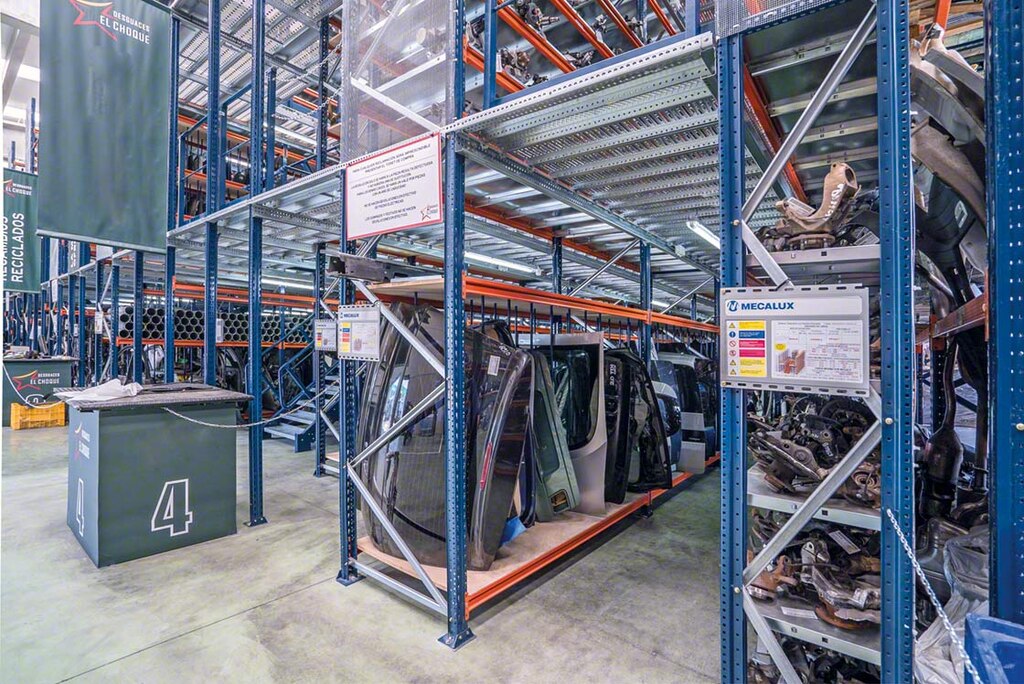
Takt time: what it is and how it's calculated
Takt time is a production concept relating to the manufacturing rate that should be maintained in order to meet customer demand. This production strategy is especially handy when you have limited production times and continuous demand from your clientele.
In this post, we delve into the meaning of takt time, how to calculate it, and the benefits of using this tool in logistics and the supply chain.
What is takt time?
The term takt was derived from German (by way of Japanese) and can be translated as speed, rate, or beat. The concept of takt time refers to the pace a production process should keep to satisfy customer demand. It’s a concept normally associated with methodologies such as Lean logistics, Lean manufacturing, and just-in-time.
Thus, takt time can be defined as the average time elapsed between the start of manufacture of one product unit and the start of the next. This time should be modulated according to the volume of orders the business has at any given time.
Takt time must be calculated in advance based on the company’s production capacity and demand forecasts. Take, for example, a bakery, where every minute, a customer buys a loaf of bread. The takt time for that bakery should be under a minute. That is, it should produce a loaf of bread every 60 seconds or less to satisfy demand.
Difference between takt time and lead time
It’s important not to make the common mistake of confusing takt time with lead time, as they have different purposes.
On the one hand, lead time — related to cycle, delivery, and supply time — involves the total time required from the creation of a purchase order through to its delivery to the end customer (or received from the supplier), including all the logistics activities involved in this period. Lead time can be measured with a stopwatch.
On the other hand, takt time is limited to the production stage and denotes the maximum time in which a product should be manufactured to fulfill demand. As opposed to lead time, this is a theoretical estimated time that serves as an indicator for determining whether a business is manufacturing above or below expectations.
Calculating takt time: an example
Takt Time is calculated by dividing the time you have for production by the number of units ordered by the customer.
Takt time = Available production time / Customer demand
For instance, a company has received an order for 1,500 units of mugs that need to be manufactured in a period of 24 hours. How do you calculate the takt time? Bearing in mind that the firm has continuous manufacturing processes 24 hours a day, and that 24 hours comprise 86,400 seconds, we calculate it as follows:
86,400 seconds / 1,500 units = 57.6 seconds/unit
The Takt time indicates that, to meet customer demand, the production speed should be equivalent to one mug every 57.6 seconds. Hence, the business should set the production pace equal to this or faster. In the event of fluctuating order volumes, the product takt time must be adjusted to sync manufacturing with demand. This prevents overstock due to overproduction (as well as stockouts, which occur when demand can’t be covered).

Takt time and its impact on logistics
Logistics and production are two supply chain stages that are directly linked. Therefore, proper implementation of takt time has a positive effect on a company’s logistics processes.
Takt time fosters the efficient management of stock supplied to the production lines with the aim of maintaining the stipulated productivity levels and thwarting stockouts. In other words, when you have a defined manufacturing rate, it’s much easier to carry out effective supply-chain procurement, responsible for goods acquisition, storage, and inventory management.
Plus, by using takt time, you implicitly adopt a just-in-time strategy, which drastically reduces storage costs. Instead of manufacturing more than you need or storing more raw materials than those required, production is carried out in line with demand. This means fewer logistics expenses, as you have only the storage space you need, stock doesn’t become obsolete, staff is available when required, etc.
To manage all logistics processes related to manufacturing, it’s advisable to install a warehouse management system (WMS). Easy WMS from Interlake Mecalux features the WMS for Manufacturing module, which ensures the uninterrupted supply of raw materials to the production lines. Among many other functions, this module manages the bill of materials (BOM) and generates a complete list of the raw materials, parts, and tools needed to manufacture a particular product.

Takt time advantages
Takt time and just-in-time are two interrelated concepts. For that reason, the benefits of takt time are akin to those of adopting a just-in-time strategy:
- Elimination of overproduction. Once the takt time has been calculated, the production pace is determined by the volume of demand. This ensures that you don’t manufacture above your needs.
- Lower costs. Overstock entails major storage cost overruns, forcing companies to slash their prices or throw away merchandise to bring down their inventory levels. By producing according to takt time, you don’t have to resort to these practices, so you can maintain your profit margins and cut storage costs.
- Resource optimization. If the work rate is below that required, the company should invest more resources to achieve the desired production. Takt time helps to define work shifts, calculate procurement frequency, and adjust manufacturing to a machine’s productive capacity.
- Error reduction. Producing quickly and at short notice increases the risk of making mistakes. On the other hand, when the working pace is more constant, the percentage of errors goes down dramatically.
Ultimately, the main advantage of takt time is a notable increase in efficiency in all operations having to do with the supply chain.
The customer sets the pace
For a manufacturing company to satisfy its demand, it has to produce to the beat of its takt time, which is none other than that dictated by the customer. In addition to being able to offer better service and save on operating costs, takt time has a positive effect on any manufacturer’s logistics systems. And this is vital for an efficient supply chain.
The perfect supply chain is one in which all departments that make it up work in sync. If you think it’s time to boost your supply chain and to improve both your storage systems and the management of your production facility, be sure to contact Interlake Mecalux. We have a proven track record in improving the logistics operations involved in production processes.
